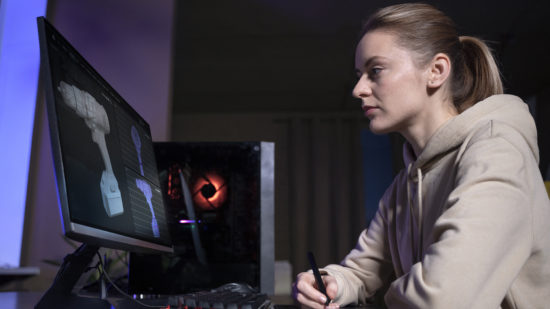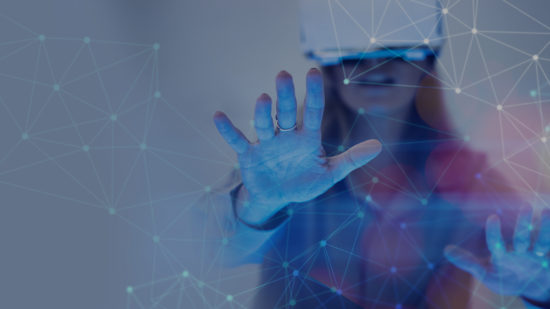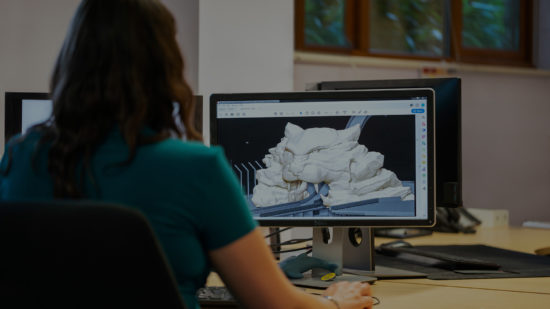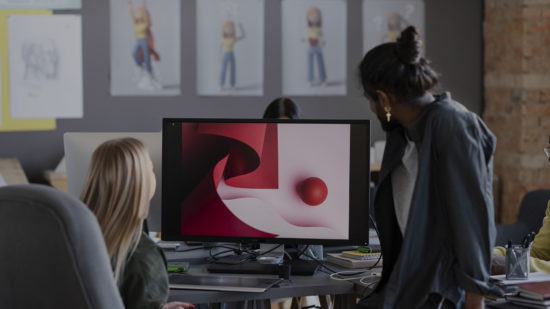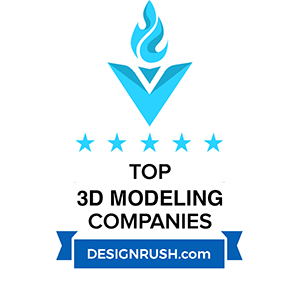2D animation services are integral to a myriad of sectors beyond their traditional association with entertainment, encompassing fields as diverse as e-commerce, science, gaming, aerospace, and industry. Each day, we encounter animation in various forms, be it through social media feeds, YouTube videos, cinematic experiences, or television advertisements, highlighting its pervasive presence in our digital and visual culture. Contrary to the common perception that confines animation to cartoons and animated films, its applications are extensive and multifaceted, catering to a broad spectrum of purposes across different industries.
At its core, 2D animation creates the illusion of movement by sequentially displaying a series of static images that exhibit minimal variations. These images might be crafted through traditional hand-drawing techniques, generated via computer software, or even modeled in three dimensions before being rendered in a 2D format. Among the various types of animation, each employs distinctive methods and techniques to bring static images to life, captivating audiences with the seamless flow of motion that our brains interpret as continuous action rather than a rapid succession of individual frames.
Understanding the nuances between different animation styles can be a fascinating journey, as each style has its own set of characteristics, applications, and aesthetic appeals. For instance, tour software often leverages specific animation styles to enhance user engagement and provide immersive experiences that effectively convey information or tell a story. Selecting a particular animation style over another depends on various factors, including the intended message, the target audience, and the desired emotional impact.
In exploring the types of animation, one gains insight into the diverse techniques and creative possibilities inherent in this dynamic field. From traditional hand-drawn frames to sophisticated computer-generated imagery, the spectrum of animation styles offers a rich palette for creators to express ideas, convey complex concepts, and entertain. Whether for educational content, marketing campaigns, or interactive media, understanding the different animation styles and their unique attributes allows creators to choose the most effective approach for their specific needs.
Types of Animation
1. Traditional animation. Often synonymous with classic 2D animation, this style involves artists drawing every frame to create an animation sequence. Historically done by hand on transparent celluloid sheets to be photographed and exhibited on film, this approach has primarily transitioned to digital methods. Despite this evolution, the foundational principle of creating vivid movements frame by frame remains unchanged, preserving the artistry and craftsmanship that characterized early animated films.
2. 2D vector-based animation. A modern iteration of traditional 2D animation, this style utilizes computer software to create and manipulate vector graphics. This method allows for more fluid, scalable animations that can be easily edited and tweaked. Vector-based 2D animation is popular in web animations, applications, and various multimedia projects due to its versatility and efficiency in producing high-quality content.
3. 3D computer animation. Revolutionizing the animation industry, this style involves creating three-dimensional objects and characters in a digital environment. These elements can be rotated and moved like real objects, allowing for a more lifelike representation. 3D animation is a staple in feature films, video games, and virtual reality, offering viewers an immersive experience through detailed environments and complex character movements.
4. Motion graphics. This type of animation focuses on dynamic, often text-based, visuals that convey information or create engaging visual effects. Common in commercials, online media, and informational videos, motion graphics combine graphic design principles with animation to communicate messages effectively and creatively.
5. Stop motion. A time-honored technique, stop motion captures one frame at a time with physical objects that are moved slightly between shots. When the series of frames is played in sequence, the objects appear to move independently. This labor-intensive process can involve clay figures, cut paper, or even live actors, offering a unique, tactile quality to the animation that digital methods cannot replicate.
Each animation style offers distinct advantages and challenges, making the choice of technique crucial for achieving the desired impact and meeting project goals. Whether through the intricate frame-by-frame artistry of traditional 2D animation or the captivating depth of 3D models, animation continues to push creative boundaries and engage audiences in novel ways.
1. Classic 2D Animation
Traditional 2D animation occupies a prestigious position in the animation hierarchy, recognized for its historical significance and foundational role. This method involves creating individual hand-drawn frames, each meticulously crafted to contribute to a fluid and cohesive sequence that animates characters and narratives. The labor-intensive nature of traditional 2D animation allows for unparalleled expressiveness and fluidity in movement, captivating audiences with its unique charm and artistic depth, which digital techniques often seek to replicate.
In the traditional 2D animation process, artists engaged in a detailed procedure that involved producing numerous drawings. These drawings were carefully placed on transparent sheets, referred to as celluloids, which were then painted unless the intention was to maintain a monochromatic aesthetic. The culmination of this intricate process was the assembly of these individual frames sequentially, crafting the illusion of seamless motion central to the concept of animation. This classic method, emblematic of the early days of animation, demanded significant artistic talent and a considerable investment of time and resources.
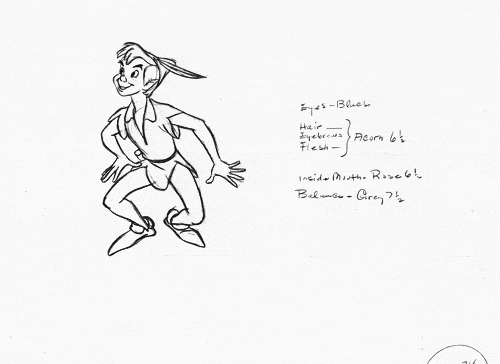
The legacy of classic 2D animation is profoundly enriched by studios such as Disney, which championed this style through a collection of films that have impacted cultural narratives. Disney’s employment of classic 2D animation in iconic films like Peter Pan (1953), Aladdin (1992), Sleeping Beauty (1959), and Snow White and the Seven Dwarfs (1937) highlighted the exceptional ability of hand-drawn animation to craft magical realms and timeless stories.
Although the prominence of traditional 2D animation has diminished in favor of more technologically sophisticated methods, its influence endures within the industry.
Delving into traditional 2D animation presents invaluable advantages for budding animators and artists. This engagement goes beyond merely improving drawing and painting skills; it encompasses a deep dive into motion, timing, and narrative principles, which are fundamental to all animation styles.
For those poised to embark on a career within the animation sector, mastering traditional 2D animation is an essential milestone, endowing them with a broad skill set applicable across the varied landscape of animation types. Thus, traditional 2D animation stands not just as a technique but as a core discipline that fosters both creativity and technical expertise.
2. 2D Digital Animation
2D digital animation represents a dynamic fusion of artistry and technology, where animators utilize digital tools to craft animations within a two-dimensional framework. This innovative form of animation allows traditionally hand-drawn and digitally created illustrations to be compiled into individual frames, forming the backbone of animated sequences.
Using sophisticated software, animators are tasked with meticulously creating hundreds of drawings to depict specific movements seamlessly integrated into a digital environment. The approach outlined is notable for its efficiency since digital tools can successfully interpolate between frames, considerably lowering the time necessary to create animations when compared to more conventional methods.
The advent of 2D digital animation has been a game-changer in the field, offering a blend of creativity and convenience that professionals have widely embraced. One of the most notable tools in this domain is Adobe Flash, renowned for its versatility and user-friendly interface.
It offers animators a plethora of advantages, such as the ability to limit the number of drawings needed, swiftly alter colors or frames, and streamline the animation process. These features make 2D digital animation a preferred choice for many in the industry, as it simplifies complex tasks and enhances productivity without compromising the quality of the animated work.
When examining the impact of 2D digital animation, it’s impossible not to mention iconic works that have set benchmarks in the industry. Antz, a DreamWorks animated feature from 1998, and Disney’s Beauty and the Beast, a musical fantasy released in 1991, stand as exemplary manifestations of 2D digital animation.
These films not only showcase the potential of this animation style in creating compelling narratives and characters but also highlight the evolution of animation from traditional to digital techniques. By embracing 2D digital animation, these productions pushed the boundaries of storytelling, bringing to life intricate details and vibrant worlds that captivate audiences of all ages.
3. 3D Digital Animation
In motion pictures, 3D animation has surged in popularity, offering filmmakers the tools to bring three-dimensional characters to life with remarkable speed and realism. Unlike the traditional method of frame-by-frame hand-drawn illustrations characterizing 2D animation, 3D animation employs sophisticated computer-generated models. These models are meticulously crafted and then positioned within a digital environment, where they are manipulated along the X, Y, and Z axes to simulate movement and create compelling narratives.
The advent of 3D animation technology has revolutionized the way stories are told on screen, allowing for an unprecedented level of detail and creativity. One of the most significant advantages of 3D animation is its ability to transcend the constraints of the physical world, enabling animators to construct scenes and characters that defy the laws of physics.
Such flexibility opens up a realm of possibilities for storytelling, from creating fantastical creatures to imagining intricate, otherworldly environments. Additionally, 3D animation offers the capability to animate complex elements, such as a group of independently acting creatures or the subtle movements of an animal’s fur or a character’s hair, enhancing the realism and depth of the animated work.
The impact of 3D animation can be seen in a range of groundbreaking films that have set new standards for the industry. Finding Nemo (2003) enchanted audiences with its vivid underwater world, while the Shrek series, spanning from 2001 to 2010, brought a fresh and humorous twist to fairy tale characters. Tangled (2010) reimagined the classic tale of Rapunzel with a dynamic and engaging style, and Frozen (2013) captured hearts worldwide with its stunning visuals and memorable characters. These films showcase the technical prowess and narrative potential of 3D animation that shape the entertainment industry.
As 3D animation advances, it remains at the forefront of the animation industry, pushing the boundaries of what is possible in animated storytelling. With each new project, animators are finding innovative ways to harness this technology, blending artistry with digital wizardry to create immersive experiences that resonate with audiences of all ages. The evolution of 3D animation signifies a pivotal shift in the types of animation, offering a glimpse into the future of cinematic expression and creativity.
4. Stop Motion Animation
Using the careful frame-by-frame approach, animators expertly use stop-motion animation to create a series of frames with very minor alterations from one to the next. When the clip is played again, viewers can see a continuous and fluid motion that successfully brings immobile objects to life on television.
Stop-motion animation is particularly favored for its ability to animate a wide array of physical materials, from everyday objects to intricately molded plasticine figures. Within plasticine animation, claymation is a distinctive style where malleable clay figures are manipulated and photographed frame by frame to create engaging narratives and characters.
The art of stop motion animation, with its unique charm and tactile quality, has been showcased in numerous acclaimed productions that highlight this animation style’s versatility and creative potential. Among the most notable examples are the beloved series of short films featuring Wallace & Gromit, which have captivated audiences with their whimsical stories and innovative use of stop motion.
The franchise reached a pinnacle with the release of the feature-length film Wallace & Gromit: The Curse of the Were-Rabbit in 2005, which expanded on the adventures of the eccentric inventor and his loyal dog with a compelling storyline and intricate animation. Additionally, the Shaun the Sheep Movie, a spin-off from the Wallace & Gromit series that debuted in 2015, further exemplifies the broad appeal and storytelling capabilities of stop motion animation, engaging viewers with its humor and creativity.
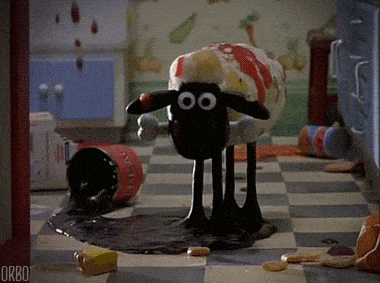
With its labor-intensive process and attention to detail, the stop motion animation technique represents a significant segment within the diverse spectrum of animation styles. By transforming inanimate objects into dynamic characters and stories, stop motion opens up a world of imaginative possibilities that resonate with audiences of all ages.
The enduring popularity of films and series like Wallace & Gromit and Shaun the Sheep underscores the unique appeal of stop motion animation and its ability to convey complex emotions and narratives through the painstaking arrangement of physical elements, frame by frame.
5. Claymation
Claymation, also known as clay animation, stands out as a particularly beloved and engaging form within the broader category of stop-motion animation. This distinctive style is characterized by its use of malleable substances such as clay or plasticine, which animators shape and mold to create diverse characters and settings limited only by the bounds of their creativity.
Like other stop-motion techniques, claymation relies on the frame-by-frame method, where each subtle adjustment to the clay figures is captured in a single frame. When these frames are sequenced and played in rapid succession, they generate the illusion of smooth, continuous movement, breathing life into the inanimate clay models.
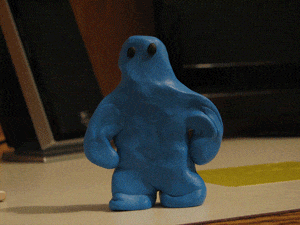
Producing a claymation piece involves the meticulous and time-consuming task of manipulating the clay models for each frame. Animators often employ time-lapse photography to capture the gradual transformations of these models. This painstaking attention to detail allows for the creation of complex animations rich with texture and depth, distinguishing claymation as a uniquely tangible and visually captivating form of storytelling.
Claymation has found its place in various media, from feature films and music videos to television commercials, showcasing its versatility and widespread appeal. Notable examples of claymation’s impact on the film industry include Chicken Run (2000), a thrilling adventure that brought clay characters to life on an unprecedented scale, and Corpse Bride (2005), which utilized the medium’s distinctive qualities to craft a visually stunning gothic romance.
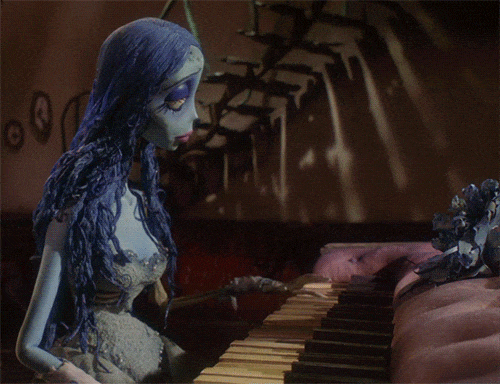
Television shows like Robot Chicken (2005) have leveraged claymation to deliver sharp, satirical humor through rapid-fire skits. Frankenweenie (2012) also demonstrated the medium’s ability to convey heartfelt narratives, reimagining a classic tale through the lens of clay animation.
Through these diverse applications, claymation enriches the tapestry of animation styles and affirms its enduring popularity and artistic value. The tactile nature of the medium, combined with the labor-intensive frame-by-frame animation technique, offers a unique aesthetic that digital animation cannot replicate, making claymation a cherished style within the animation community and among audiences around the globe.
6. Mechanical Animation
A distinct approach is employed in the fascinating field of mechanical animation compared to the individual animation of elements often seen in robotics. This technique streamlines the animation process for machines, creating animations that embody a more lifelike, less robotic appearance. Mechanical animation serves not only as a tool for visual representation but also as an educational medium, offering animators and viewers alike deeper insights into the intricate workings of mechanical systems.
Notable instances of mechanical animation include Audio-Animatronics and autonomatronics, both pioneering innovations by Walt Disney Imagineering. These creations blend robotics and 3D animation to craft immersive experiences in theme parks, captivating audiences with synchronized movements and sound replicating lifelike performances based on pre-recorded sequences.
7. Chuckimation
Chuckimation represents a unique fusion within the animation domain, conceptualized by the creators of the show’ Action League Now!’. This innovative style merges the tactile charm of traditional stop-motion animation with dynamic live-action shots. Characters are “chucked” or thrown in front of the camera to simulate motion, and although they engage in dialogues, their mouth movements are not animated, adding a distinctive quirk to this animation style.
The television series Action League Now! is a quintessential example of chuckimation, showcasing this unconventional method across various episodes, much to the delight of its young audience.
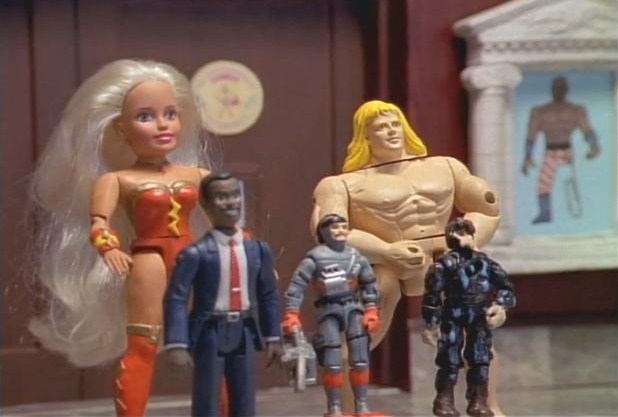
8. Flip Book Animation
Flipbook animation harks back to the rudimentary roots of the animation spectrum, encapsulating the essence of animation in its most elemental form. A flip book features a series of images that gradually evolve from one page to the next. When these pages are flipped rapidly, the sequential images blend into a coherent animated scene, creating the illusion of motion. This form of animation was a staple of pre-digital entertainment, especially popular among children who marveled at the magic of simple drawings coming to life.
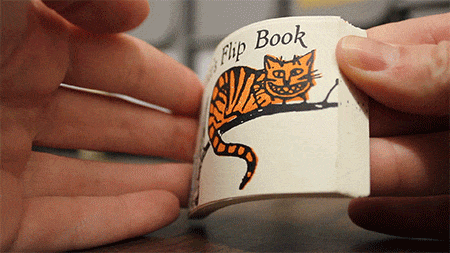
Despite the digital revolution, flip books maintain their allure, finding contemporary expressions in magazines and photo albums and even digital software that transforms hand-drawn art into animated digital flipbooks. A nod to this enduring form of animation came in 2007 when Walt Disney Pictures introduced a flipbook-inspired logo animation featuring Mickey Mouse in the iconic Steamboat Willie, serving as an homage to one of the studio’s earliest animated successes and the timeless appeal of flipbook animation.
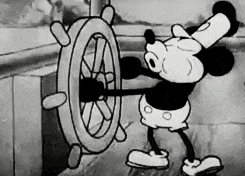
Through these diverse types of animation, from the mechanical intricacies of animatronics to the nostalgic simplicity of flip books, the vast landscape of animation styles continues to expand. Each style offers a unique lens through which stories can be told, emotions can be conveyed, and the boundaries of creativity can be pushed further. As the animation industry evolves, these various types play pivotal roles in shaping how we experience and interact with animated content.
9. Zoetrope Animation
By deriving its name from Greek origins, Zoetrope animation involves a captivating optical illusion created with a cylindrical device. This device is ingeniously designed with sequential drawings or photographs arranged around its interior. As the cylinder is set into motion, spinning rapidly, the static images blend into a cohesive visual narrative, giving the illusion of fluid animation. This fascinating method is a testament to the ingenuity of early animation techniques, showcasing how simple mechanical movements can breathe life into static images.
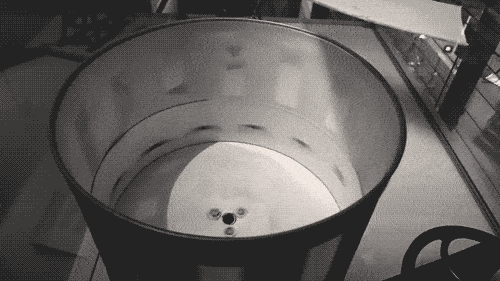
In contemporary times, the principles underlying zoetrope animation have seamlessly transitioned into the digital age, serving as an inspirational foundation for creating animated GIFs. This modern adaptation harnesses the core concept of sequential imagery to produce short, looping animations that have become ubiquitous across digital platforms, illustrating the lasting impact of zoetrope principles in today’s animation landscape.
10. Cutout Animation
Cutout animation offers a distinctively tactile approach within the stop-motion animation spectrum. It utilizes two-dimensional materials such as paper, cardboard, fabric, and more to craft characters and scenes. In this animation style, these flat elements are meticulously arranged and moved frame by frame under a camera, narrating stories through their orchestrated movements. The charm of cutout animation lies in its simplicity and the creative potential of transforming everyday materials into vibrant animated stories.
Advancements in technology have propelled cutout animation into new realms of possibility, with computer software playing a pivotal role in streamlining the production process. An iconic example of this evolution is the creation of South Park, a series renowned for its unique aesthetic that mimics the look of traditional cutout animation. By scanning vector images and employing specialized software, animators can replicate the handmade quality of cutout animation with greater efficiency and precision, marrying traditional techniques with digital innovation.
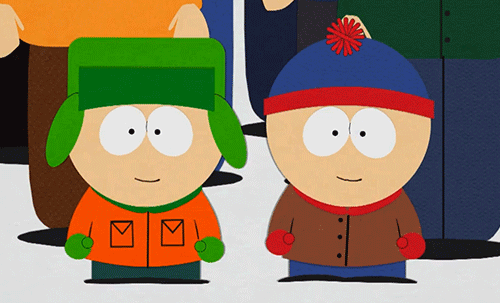
11. Typography Animation
Typography animation is a dynamic fusion of text and motion, where fonts and letters are not merely static elements but integral components of the animation itself. This style artfully combines textual content with animated effects, often used to add narrative depth and visual interest to opening credits and other text-based sequences. The fluid transformation and movement of text in typography animation can convey tone, emotion, and emphasis, making it a powerful tool in visual storytelling.
Software such as Fontlab has become indispensable in the animator’s toolkit to facilitate the creation of diverse and intricate typography animations. These advanced applications offer various functionalities, enabling animators to experiment with multiple animation styles, manipulate text in three-dimensional space, and seamlessly integrate typography with other animation elements.
Typography animation’s versatility and expressive potential underscore its popularity and functionality in entertainment and commercial applications, highlighting the ever-expanding horizons of animation techniques and styles.
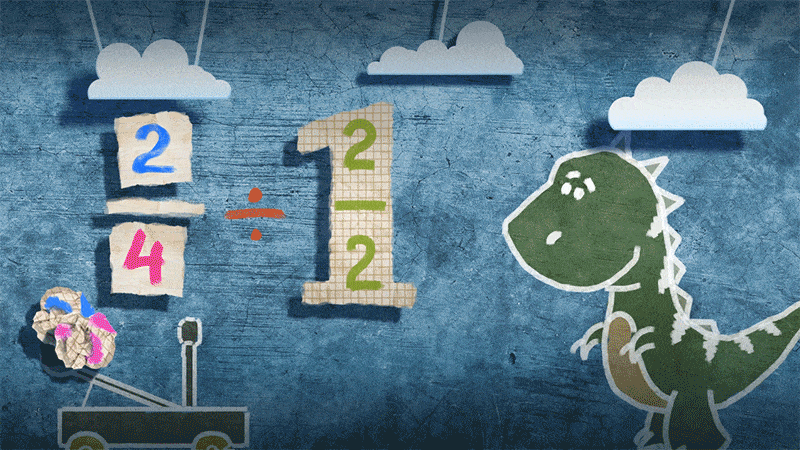
12. Sand Animation
Sand animation is a captivating art form encompassing two primary techniques, each offering a unique storytelling approach through granular mediums. The first technique is characterized by live performances, where the animator manipulates sand on a physical surface under the soft glow of a lightbox.
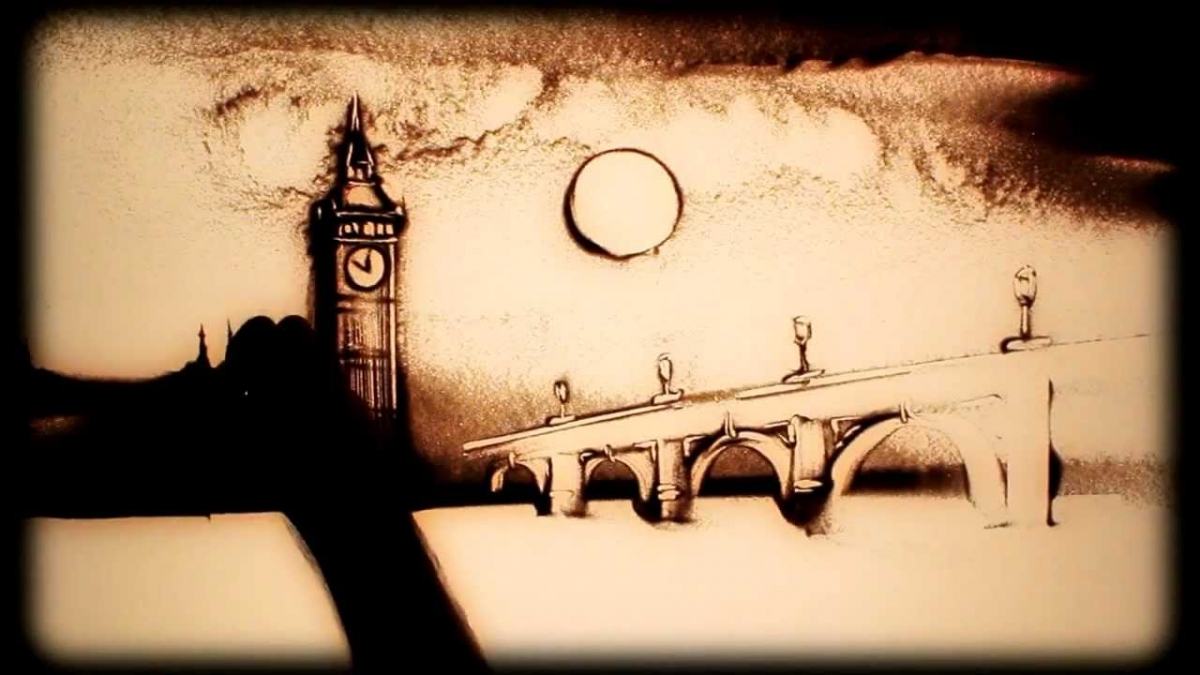
The intricate movements are captured and projected in real-time using sophisticated camera setups. This live aspect adds an element of immediacy and intimacy to the animation, allowing audiences to witness the creative process unfold moment by moment.
The second technique involves creating a series of rendered images, each meticulously crafted by the artist’s hand. In this approach, the animator uses the lightbox not just for illumination but as a canvas, where each animation frame is drawn in sand, only to be erased and replaced by the next in the sequence. Despite the seemingly ephemeral nature of sand as a medium, this technique yields mesmerizing and enduring results, often leaving viewers in awe of the transient beauty captured in each frame.
Sand animation has seen a rise in popularity within various domains, including film and educational programming. Examples include the “Sand Alphabet” segment from Sesame Street, which utilizes sand animation to create a visually engaging and educational piece for young viewers. Additionally, the animated short film Tracks, released in 2003, stands as a testament to the expressive potential of sand animation, demonstrating its ability to convey complex narratives and emotions through the simple yet profound manipulation of sand grains.
This exploration of sand animation and other innovative animation styles underscores the diverse landscape of animation techniques prevalent in today’s entertainment and media industries. From traditional 2D animation to the more nuanced forms like sand animation, the range of styles available allows for a rich tapestry of visual storytelling that continues to evolve and captivate audiences worldwide.
How Do You Know Which Format to Choose?
Selecting the appropriate animation format for your project hinges on various factors, each playing a pivotal role in conveying your story, message, or concept effectively. Here are some key considerations to guide your decision:
Budget and resources. Different types of animation require varying levels of investment and resources. For example, 3D animation might offer stunning visuals and depth but has higher production costs than 2D animation. Weighing the available budget against the desired outcome is crucial in determining the most feasible animation style.
Narrative requirements. The story or message you wish to convey can significantly influence the choice of animation format. Some narratives may benefit from the depth and realism 3D animation provides, while others might find a better expression through the simplicity and charm of 2D animation.
Target audience. Consider the preferences and expectations of your intended viewers. Younger audiences might be more captivated by vibrant and dynamic 3D animations, whereas a more mature audience could appreciate the subtlety and nostalgia of traditional 2D animation styles.
Artistic expression. Each animation style offers distinct aesthetic qualities. The choice between animation types often comes down to the artistic vision and the emotional or visual impact you aim to achieve. Whether it’s the whimsical appeal of stop-motion or the sleek sophistication of vector-based 2D animation, the chosen format should align with the project’s creative goals.
Technical constraints. Technical considerations, such as platform compatibility or distribution channels, may limit some projects. For instance, digital platforms might favor animations optimized for web and mobile viewing, influencing the choice towards more adaptable and responsive animation formats.
By carefully evaluating these aspects, creators can navigate the diverse landscape of animation options, selecting the format that best suits their project’s unique demands and creative vision.
Welcome Painless Animation with 3D-Ace
3D-Ace, an experienced CG company, is proficient in many forms of animation, providing a full range of professional animation and visual effects services. 3D-Ace has a committed staff of experienced artists, animators, and designers who are well-versed in the many animation methods covered here.
This skill allows our studio to bring varied projects to life, guaranteeing that each one is fulfilled to its full potential and connects with its intended audience, reaffirming the company’s dedication to quality in animated art. So feel free to contact us!

